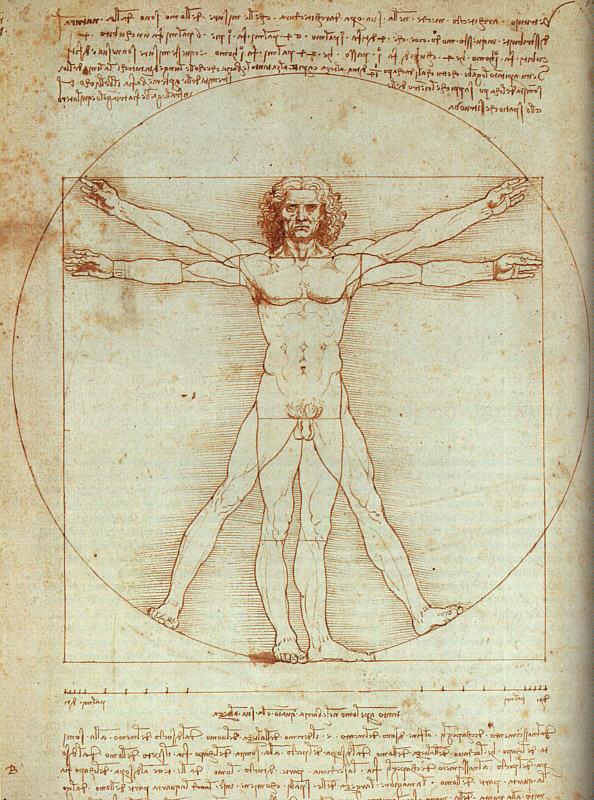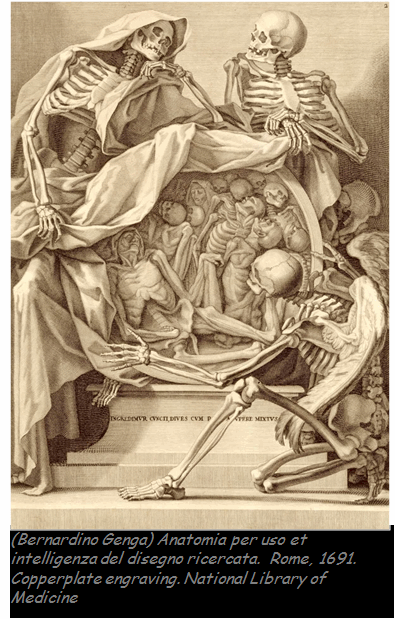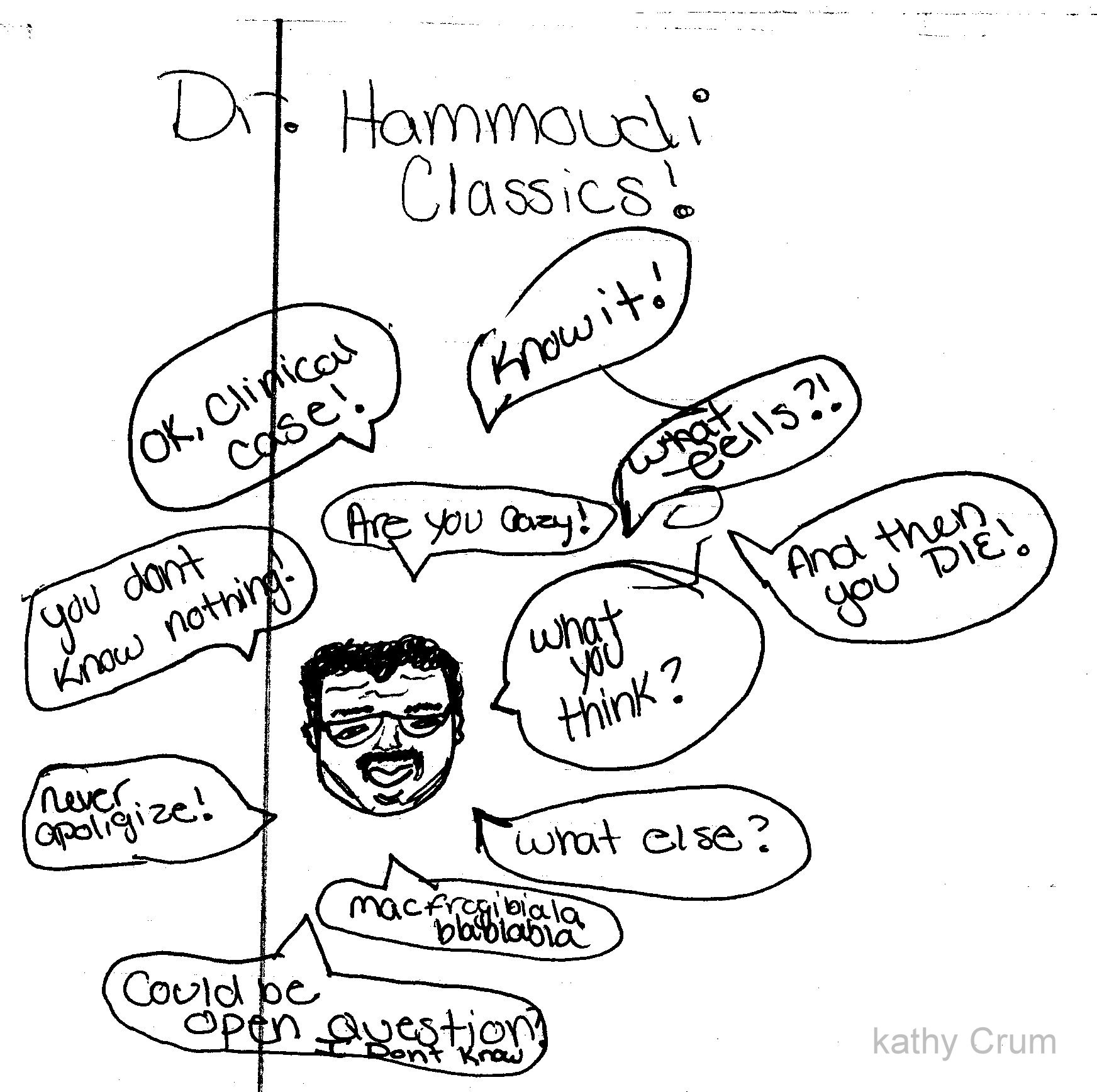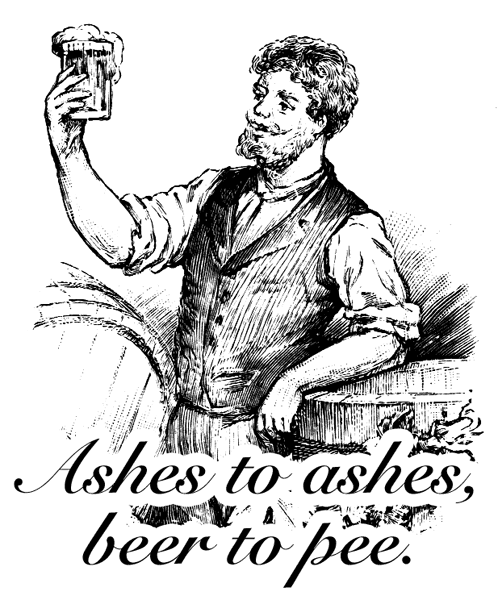|

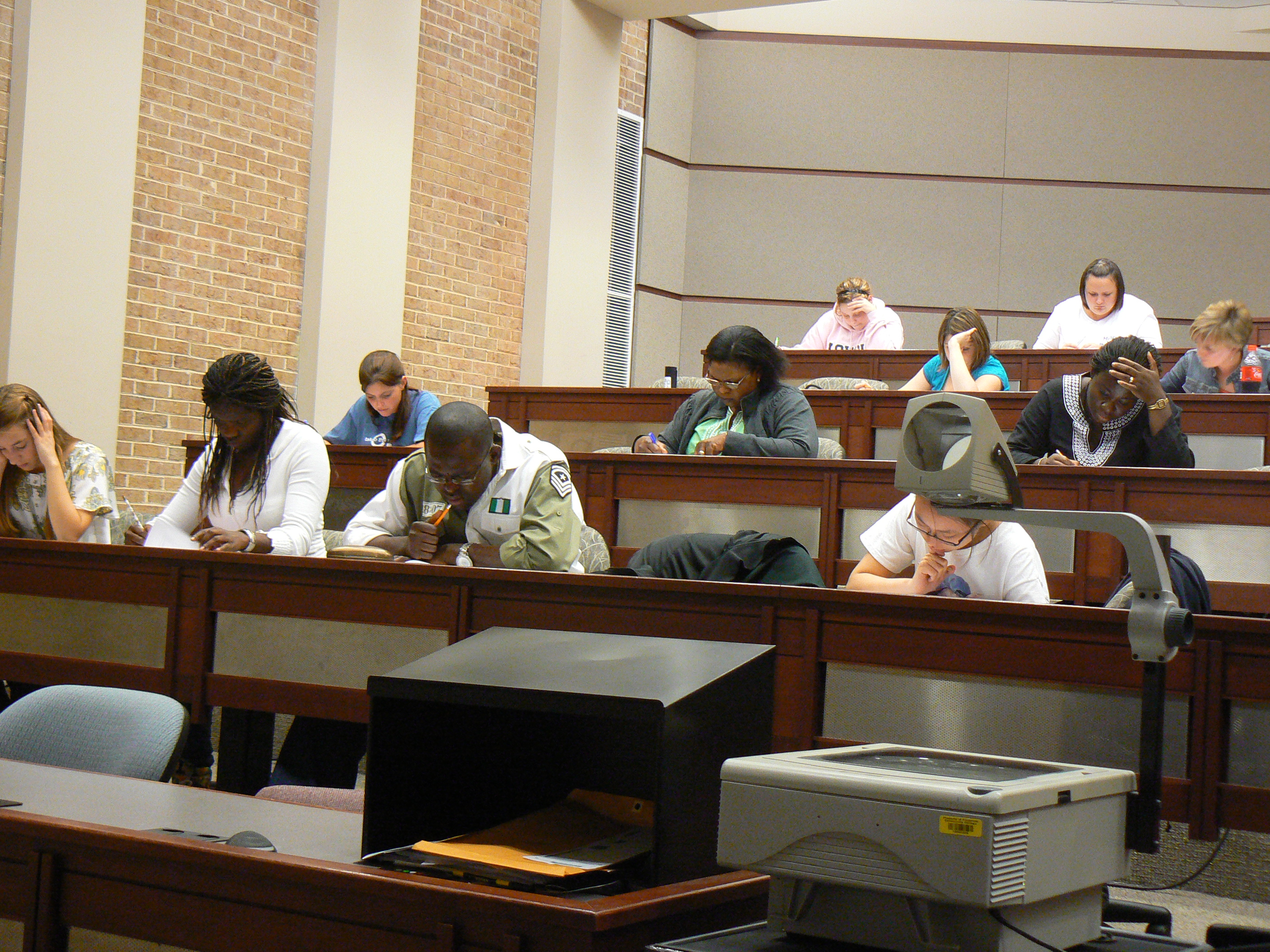
LAB MANUAL
ccbc lab manual

1/ Microscopic Analysis of Blood
2/ Selected Blood Test
3/ Blood Terminology

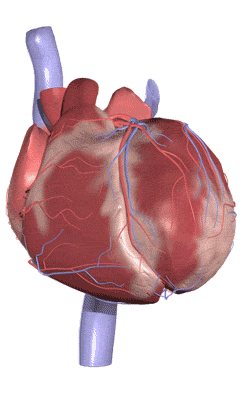
1/Gross and Microscopic Anatomy Of The Human Heart
2./Dissecrtion of sheep Heart
2bis/ heart dissection
3/ECG
4/Quantitative Analysis of Cardiovascular Function
5/REVIEW
6/vasculature
7/circle of willis

Cat Dissection
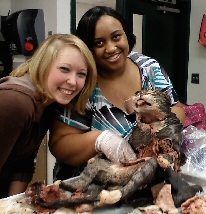
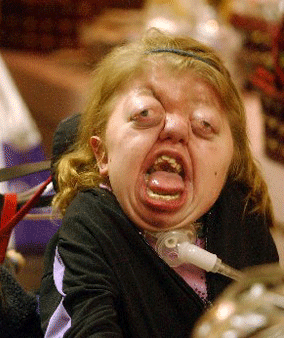

1/Gross and microscopic Anatomy of the Respiratory System
2/Respiratory Physiology
3/ Review
4/ Review KEY POINTS

1/Gross Anatomy of the GI system
2/ Microscopic Anatomy of the GI system
3/Enzyme Analysis [see lab book]
4/REVIEW
5/GI MODELS
6/GI models 2



1/Gross and microscopic Anatomy of the urinary system
2/urinalysis
3/Acid Base Balance
4/ REVIEW1
5/ REVIEW 2
6/ acid base cases
7/urinary models

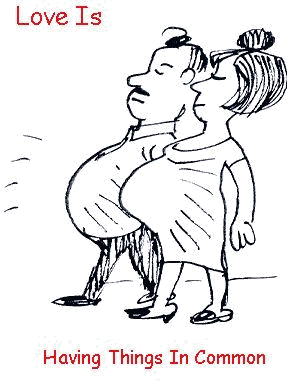






Our very good friend Ian TRYING TO BEAT THE GENETICS TO BECOME A LEPRECON.
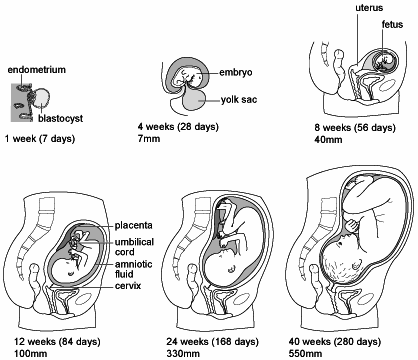
 
Hemostasis - Miriam powell
ANEMIA -Alex
Cardiomyopathy-Becki
Cardiomyopathy consequences-Roseanne Baird
Complete Blood Count-Cartesian Thinking at Its Best)-Laurie Larsson
CongestiveCardiomyopathy-Lindsay Martin
Endometriosis [MY BEST WRITER]Heather Diane Smith
Erythropoietin-Laura Hutton
LAB 2 REVIEW Melany Joe Chris
Jeopardy kidney review cath, sarah,erin
JEOPARDY KIUDNEY REVIEW PART 2 CATH , ERIN, SARAH
 
Theoretical Function
of Hassall’s Corpuscles in the ThymusErin M. Ballweber

BEST WEBSITE FOR A MIDDLESCHOOL STUDENT LOVING MEDICINE
PATRICK S.
Aging and Life Expectancy
Aging is a normal, inevitable process that ends with death. While the mean life expectancy of a newborn is estimated to have been amere 10 years 50 000 years ago and ca. 25 years in ancient Rome (!A1), it is nowadays between 38 (in Sierra Leone) and 80 years (Japan).
It is mainly due to decreased infant mortality and the effective treatment of infections (especially in children) that life expectancy in the industrial nations has increased markedly in the past 100 years (e.g., in the USA from 42 to 72 years in men and to 79 in women). As a result, diseases of the elderly are the most common causes of death: ca. 50% are diseases of the cardiovascular system; 25% are tumors.
These are largely diseases that prevent a maximal life-span being reached, which, now as then, is about 100 years (!A1). Thus, of those aged 98 years, only 10% will still be alive three years later and after 10 years only 0.005%(!A2). The world record set by the French woman Jeanne Calment (122 years) is thus an extremely rare exception.
The causes of aging are unclear. Even individual cultured cells will “age”, i.e., after a certain number of cycles they stop dividing (fetal pulmonary fibroblasts after ca. 60 divisions; !B). Only a few cells are “immortal” (unlimited proliferation, e.g., germinal, tumor, and hemopoietic stem cells). Life-span and age are in part genetically determined. Thus, mutation of the gene age-1 of the nematode can double its life-span, and the human gene that
codesfor DNA-helicase can cause premature aging (progeria of the adult =Werner’s syndrome).
Recently a gene (MORF4) was discovered whose exclusion by mutation makes cultured cells immortal: if the normal MORF4 gene is passed to (immortal) cancer cells, it stops their proliferation. In “old” cells, MORF4 is up-regulated; in proliferating cells it is down-regulated.
The age-1 mutation produces, among other effects, an increased resistance against free radicals. That oxidative damage is important for aging, is also suggested by the fact that membrane lipids, DNA, and proteins damaged by O2 radicals accumulate with age, while atthe same time the activity of enzymes that
guard against oxidation is reduced. On the other hand, defects of the helicase gene resultin the accumulation of harmful somatic DNAmutations and in a decreasing telomer length,which limits the ability of the cell to divide.
Many inherited diseases and (often polygenetically) inherited risk factors, have a secondary effect on life-span, e.g. in favoring the development of certain tumors. Studies of monozygotic (uniovular) twins have, however,shown that at least two thirds of variability of life-span is not genetically determined.
As one gets older, a reduction of bodily functions (!C) occurs as, for example, of maximumbreathing capacity, cardiac output (CO),maximal O2 uptake, and glomerular filtrationrate (GFR). Muscle and bone mass decrease,while the amount of fat increases, largely dueto endocrine factors (!D). For these reasons it is their frailty that is the limiting factor for most (otherwise healthy) very old persons.
This weakness of old age is characterized by diminished muscle power, slowed reflexes, impaired mobility and balance, and reduced stamina. The result is falls, fractures, reduced daily physical activity, and loss of independence.
Muscle weakness is not only caused byphysiological aging processes (!D) and wear and tear (e.g., damage to joints), but also by lack of movement, leading to a vicious circle.
Purely age-related problems with memory (especially problems of orientation in an unaccustomed environment) seem to be caused by a disturbed long-term potentiation in the cortex and hippocampus (reduced density of glutamate receptors, type NMDA, in the dentate gyrus). It is now doubted whether a significant loss of neurons, such as occurs in Alzheimer’s disease or atherosclerosis-induced reduction in cerebral blood flow, is part of the normal process
of aging.
Obesity
Linked to Clear-Cell Renal Cell Carcinoma
Medscape
Medical News
Girls
With ADHD at High Risk for Psychiatric Complications in Young
Adulthood
Medscape
Medical News
Ultraminilaparotomy May Be
Effective for Uterine Fibroids
In a cohort study, ultraminilaparotomy and
laparoscopically assisted ultraminilaparotomy were used successfully in place of
laparotomy in the management of uterine fibroids.
Clinical Review,
January 2010
Chocolate Linked to Lower Stroke and Stroke Mortality
Risk
Medscape Medical News
Low Vitamin
D in Utero May Heighten Multiple Sclerosis Risk
Medscape Medical News

|

